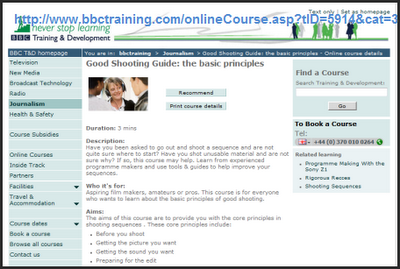So with that in mind:
Camcorder. Duh, right? I was going to an convention. I packed everything. Well, I thought I did. I had to go out and buy a new camcorder. In another city. At a price I could not negotiate because it was one of two camcorders in stock that I could afford.
I'm happy with my purchase but at the time, the pain, oh the pain. Don't be smug, be certain that you have the camcorder.
Tripod. Especially with high definition camcorders the hand-held shakes are wickedly obvious. Tripods stabilize the camcorder and reduce or eliminate the tremors and shakes that holding a camcorder by hand can produce.
Tripods come in all sizes so there is one that will fit your purse or pocket. If you have optical image stabilization in your camcorder by all means turn it on but tripods are really the way to go.
If you do have a tripod turn off the optical image stabilization. You don't need both at the same time.
Lens Cleaning Cloth. Do not use lens cleaning paper, that can scratch the lens of the camcorder. I can tell you from person experience there will be that one teeny tiny bit of dust that will just sit there in the middle of the recording and there is nothing you can do about it. Give a quick wipe before you record and reduce your frustration.
Extra Recording Media. It happens to all of us. You glance down and you are about to run out of recording space. If you have a hard drive or a solid state drive camcorder you want to make sure you have space to record the event. This means you should check the night before to transfer prior footage.
If you have a memory card camcorder this means taking extra memory cards and if you are tape based, stock up.
Batteries/Power Supply. If you have a proprietary battery and you see the warning sign of low power then there is not much you can do unless you have purchased a backup battery from the manufacture or a third party vendor.
If your camcorder uses standard commercially available batteries you might luck out if you have access to a drug or department store. I have to tell you this does not happen when you need it the most, say in the middle of a lecture or performance. Bring extra batteries with you just in case.
Being prepared ties in with knowing your camcorder. You want to spend time getting the video in the camera, not lamenting that fact that you can't.
Other Posts of Interest











